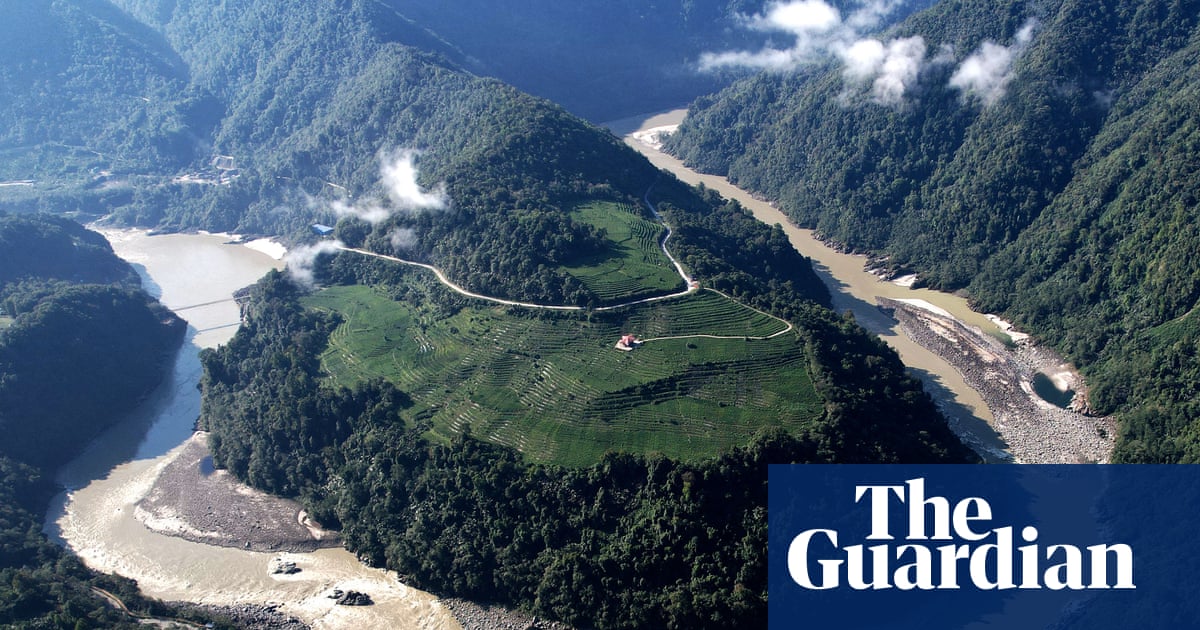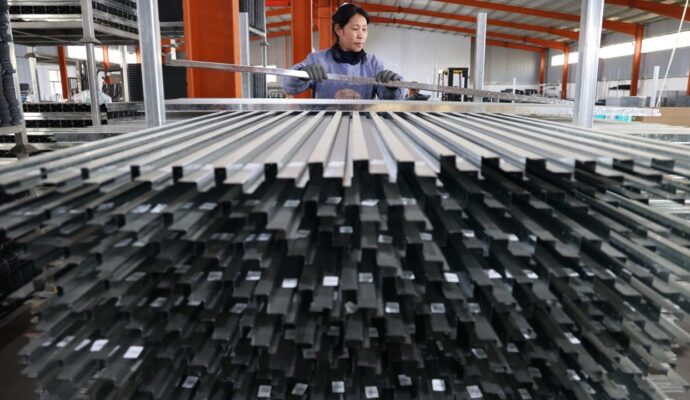
Construction of the world’s biggest hydropower megadam has begun, China’s premier has said, calling it the “project of the century”.
The huge structure is being built on the Yarlung Tsangpo river, in Tibetan territory.
Li Qiang made the comments on Saturday, at a ceremony in the region to mark the start of the build, leading Chinese markets to rise on the expectation of the long-planned megaproject, first announced in 2020 as part of China’s 14th five-year plan.
The dam has drawn criticism from India and Bangladesh, through which the river runs, as well as Tibetan groups and environmentalists.
The project announced by Li is planned for the lower reaches of the river, according to the official state news outlet, Xinhua. Xinhua reported that the project would consist of five cascade hydropower stations, producing an estimated 300bn kilowatt hours of electricity annually at a cost of about 1.2tn yuan (£124bn).
In comparison, the Three Gorges dam cost 254.2bn yuan and generates 88.2bn kWh.
No further details were given about timing or scope of construction, but the figures reported by Xinhua exceed estimates from 2020.
China, the world’s biggest carbon emitter, is operating a huge renewable energy expansion as it seeks to reach emissions reduction goals and stabilise its power supply. It has tens of thousands of hydropower projects, far more than any other country.
The Yarlung Tsangpo megadam will reportedly harness the power created by the river dropping 2km in about 50km as it winds through a canyon on a U-shaped bend.
India and Bangladesh have voiced concerns over the project, fearing the water could be held or diverted away from them.
The Yarlung Tsangpo becomes the Brahmaputra river as it flows south into India’s Arunachal Pradesh and Assam states and finally into Bangladesh as the Jamuna river. Damming it could affect millions of people downstream.
“China can always weaponise this water in terms of blocking it or diverting it,” Neeraj Singh Manhas, special adviser for South Asia at the Parley Policy Initiative, told the BBC in January.
The Indian government formally registered its concerns with Beijing over the project in December, and during bilateral meetings between the two countries’ foreign ministers in January.
In response, officials have said China does not seek “water hegemony” and never pursues “benefits for itself at the expense of its neighbours”.
“China will continue to maintain current exchange channels with downstream nations and step up cooperation on disaster prevention and mitigation,” a foreign ministry spokesperson said in December.
Tibetan groups have also noted the presence of sacred sites along the river, and the lack of information about potential population displacement.
Other hydropower projects in Tibet have inspired rare protests, resulting in brutal crackdowns from authorities, according to activists. Last year hundreds of people were arrested while protesting against the Kamtok dam on the upper reaches of the Yangtze river, which they said threatened to displace thousands of residents and submerge ancient Buddhist monasteries. The Three Gorges Dam is estimated to have displaced about 1.5 million people.
Environmentalists have also expressed concern about wildlife in the region, as well as the significant tectonic shifting, severe landslides and extreme geography where the dam is expected to go.
The Chinese government rejects the criticism, and says the project will stimulate jobs in the region, increase domestic energy supplies and spur on development in the renewables sector. “Special emphasis must be placed on ecological conservation to prevent environmental damage,” Li said.


